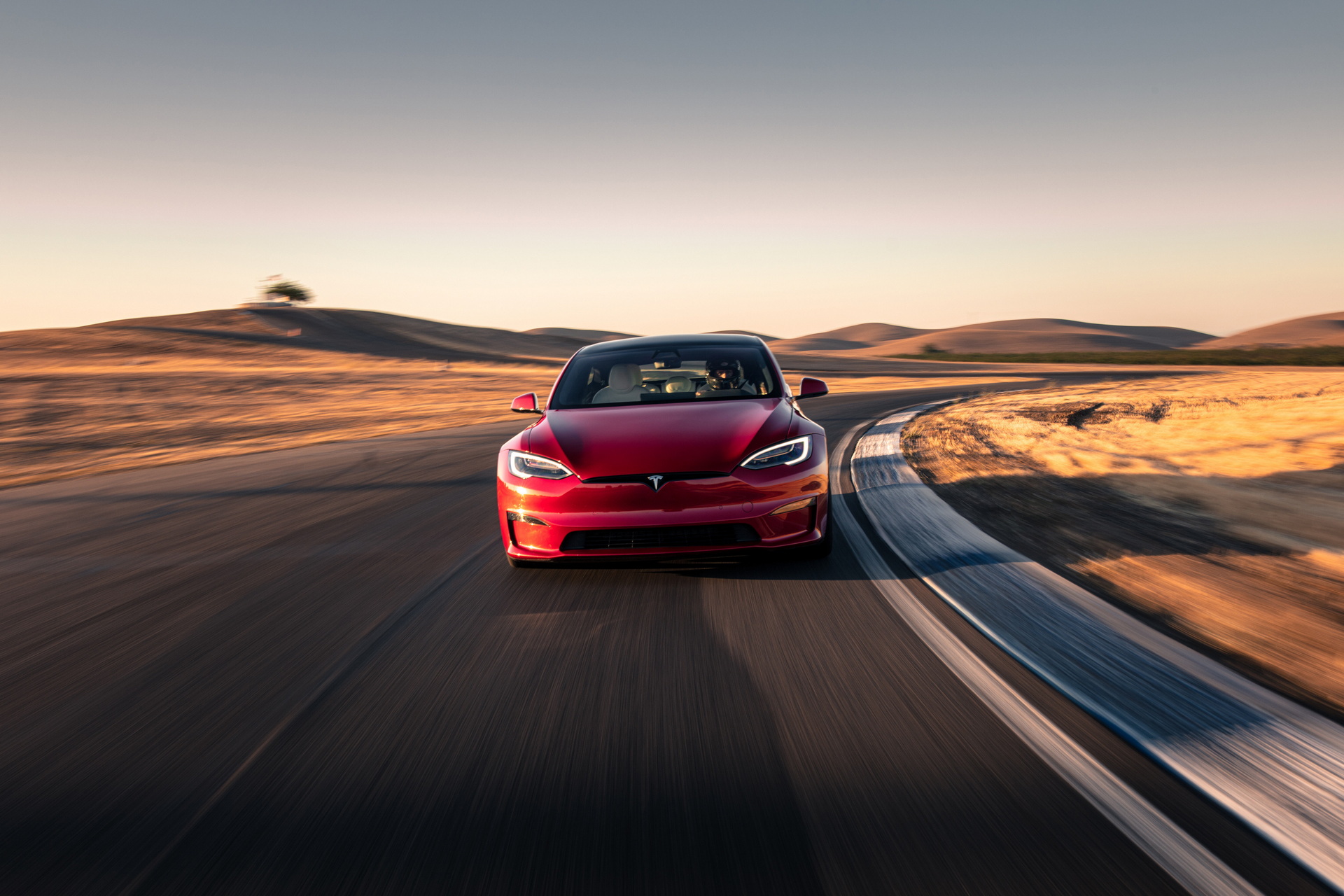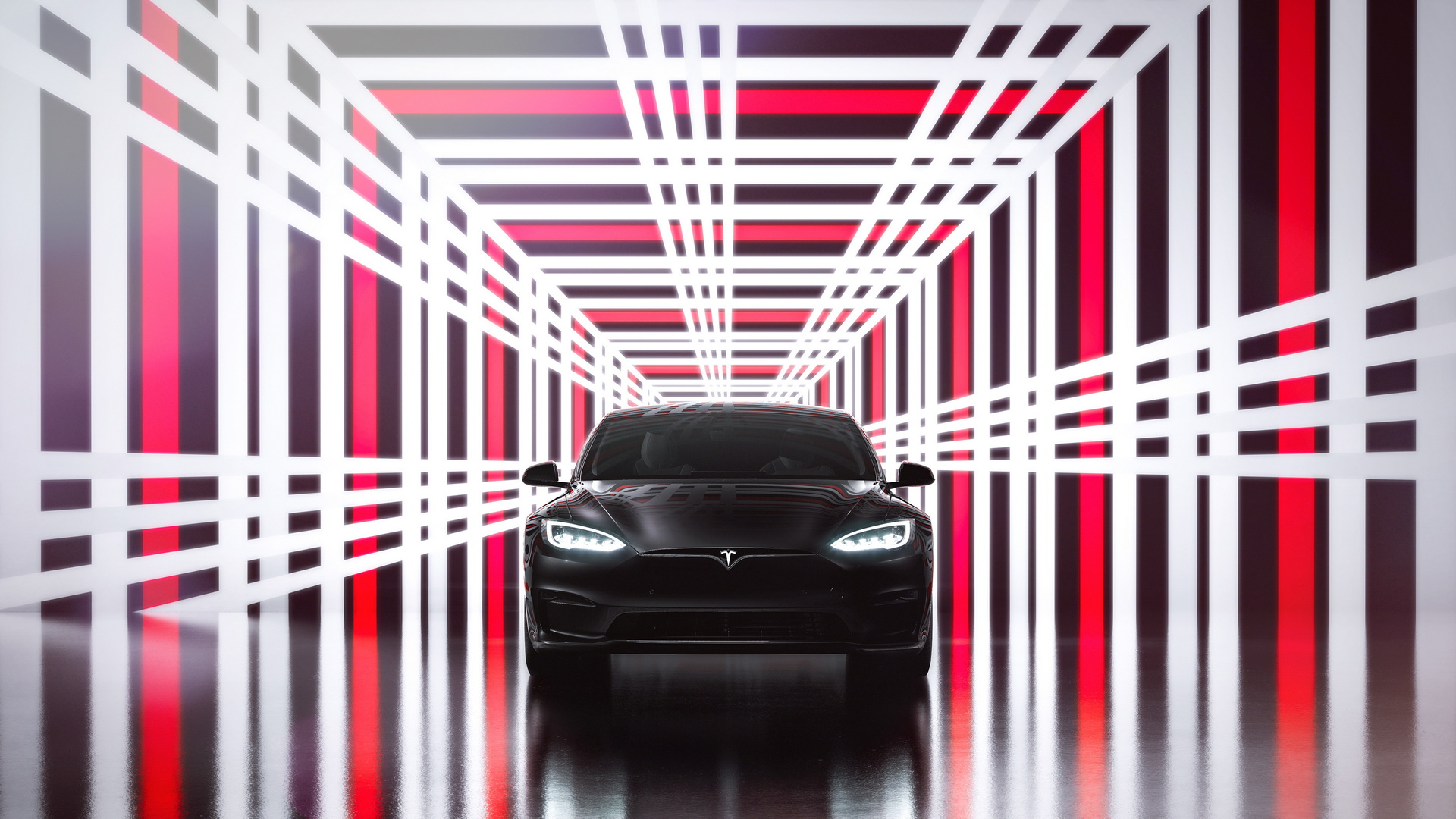When it was announced, Tesla said that the high-performance Model S Plaid would be able to hit 200 mph (320 km/h). The company then said that it would need a software update before being able to reach that speed. Now, Car and Driver says that it would need more than just a software update to hit that speed safely.
The 200 mph mark is a milestone for any supercar but would have been especially so for the Model S Plaid since electric vehicles are known more for their ability to accelerate than their ability to maintain high speeds. It was, therefore, noteworthy when Tesla claimed that its halo product would be able to do it thanks to its new technology.
The company claimed that its carbon-sleeved rotors would enable its electric motors to rotate at speeds of up to 20,000 rpm. That’s a 25 percent improvement over its other motors and would be enough, it said, to hit the mystical speed.
Read Also: Latest Tesla Model S Plaid Review Says It Has Brakes And Steering Issues When Pushed Hard
Although it found that the Tesla did hit its electronically-limited top speed of 162 mph (261 km/h), Car and Driver reports that the car’s high-speed dynamics are not up to snuff. The outlet calls the vehicle’s high-speed behavior “terrifying.”
“It wanders in its lane, with lots of slop on center in the steering that doesn’t have anything to do with the yoke,” writes Dave VanderWerp. “It’s like Tesla neglected to dial in its high-speed steering and handling behavior. This is not what you want when traveling two-thirds the distance of a football field every second.”
VanderWerp also agreed with the verdict of a number of other critics, who have complained that the car’s steel brakes don’t live up to its impressive performance.
“Even in our standard braking tests—five consecutive stops from 70 mph, and three from 100 mph with more space between—the Plaid’s brake hardware was already starting to cry uncle,” writes VanderWerp. “Not only did they smell like they were on the way out, there was a warning message that popped up on the dash notifying us of their imminent demise.”
The automaker plans to offer a $20,000 carbon-ceramic brake package by mid-2022 and Vanderwerp writes that it would be a prudent addition to the car for anyone hoping to run it at high speeds. He adds, however, that the high-speed handling—something that has been sorted out by nearly every other fast car on the market—needs to be addressed before 200 mph is worth trying to achieve.






